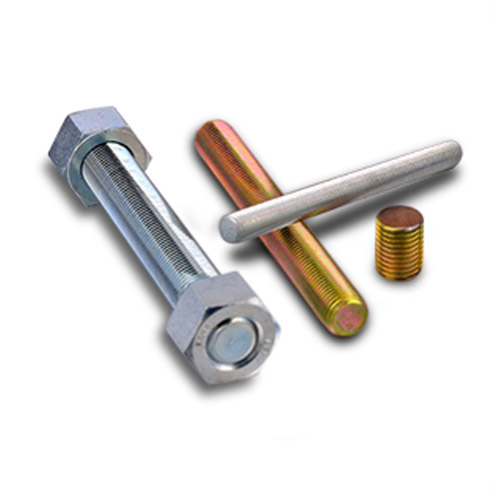Oct . 21, 2024 20:57 Back to list
all kinds of bolts and nuts
Understanding All Kinds of Bolts and Nuts
Bolts and nuts are essential components in the world of construction and engineering, playing a crucial role in fastening and securing materials together. This article will delve into the various types of bolts and nuts, their applications, and the significance they hold in different industries.
Types of Bolts
Bolts come in various shapes, sizes, and materials, each designed for specific applications. Here are some common types
1. Hex Bolts These are six-sided fasteners that are commonly used in construction. Their head shape makes them easy to grip with a wrench, allowing for greater torque.
2. Carriage Bolts Characterized by a round head and a square neck, carriage bolts are primarily used in wood applications. The square neck prevents the bolt from turning when the nut is tightened.
3. Lag Bolts Also known as lag screws, these heavy-duty fasteners are used for wood-to-wood or wood-to-metal connections. Their coarse threads provide a strong grip in wood.
4. Eye Bolts With a loop (or eye) at one end, eye bolts are used for lifting applications. They provide a secure point for attaching chains or ropes.
5. Shoulder Bolts Featuring a shoulder between the head and the threads, these bolts are used in applications where a precise pivot point is needed.
Types of Nuts
Just like bolts, nuts also come in various designs
. Some of the most common types includeall kinds of bolts and nuts

1. Hex Nuts These are the most widely used nuts, featuring a hexagonal shape that enables easy tightening with tools.
2. Lock Nuts Designed to resist loosening under vibration, lock nuts have a variety of designs, including nylon inserts that grip the bolt threads.
3. Wing Nuts These nuts have two wings that allow for easy hand tightening and are often used for applications that require frequent adjustments.
4. T-Nuts Used primarily in furniture and woodworking, T-nuts have a T-shaped profile that helps secure them within a material.
5. Castle Nuts Featuring grooves that allow for a pin or cotter to secure them in place, castle nuts are used in applications where security is crucial, like in automotive settings.
Applications
Bolts and nuts are found in countless applications across various industries. In construction, they bond structural elements, ensuring the integrity of buildings and bridges. In the automotive industry, they secure critical components in vehicles. In electronics, a combination of smaller bolts and nuts fastens delicate components without causing damage.
Significance
The importance of selecting the right type of bolt and nut cannot be overstated. Improper choices can lead to mechanical failures, which can be costly and dangerous. Therefore, engineers and builders must consider factors such as material strength, corrosion resistance, and load requirements.
In summary, bolts and nuts are essential fasteners that serve a wide range of applications across various industries. Understanding the different types available and their specific uses is vital for ensuring safety and effectiveness in construction and engineering projects. By choosing the right fasteners, we can build a stronger and more secure future.


